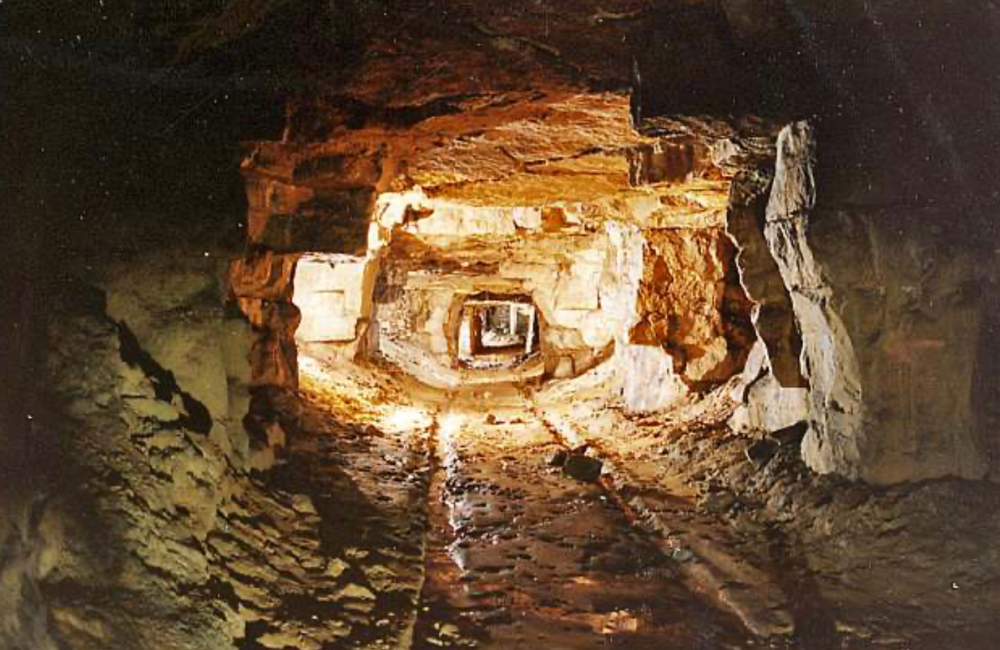

BACAS: The Archaeology of the Combe Down Stone Mines
Mary Stacey & Dr. Lynn Willies
Thu 9 November, 2023
7:30 pm - 9:00 pm GMT
Bath stone was exploited from Roman times with larger quarries and mines developed in the 18th century to produce the stone used for many of the buildings in Bath and elsewhere in the UK, including Buckingham Palace. Stone was extracted by the “room and pillar” method, by which chambers were mined, leaving pillars of stone to support the roof.
An underground survey of the Combe Down mine areas commissioned by Bath City Council in 1994 found that approximately 80% of the mines had less than 6m cover, reducing to 2m in some places. The potential instability affecting approximately 760 properties required a £150m stabilisation project where foamed concrete was used to infill over 60 acres of the old mine workings.
The mines contained a range of features including well preserved tramways, cart-roads and crane bases with walls and pillars showing graffiti and evidence of the use of picks and stone saws, all of which bore testimony to the variety of techniques used to extract the stone. Photography, laser scanning and recording of artefacts preserved this history during the project.
Mary Stacey was Project Manager of the Combe Down Stone Mines Project and Dr. Lynn Willies worked as a consultant on the stabilisation scheme.
This talk is organised by Bath & Counties Archaeological Society (BACAS), with an admission charge of £4 for members, and £5 for the general public. Pay on the door. For more details please see the BACAS website here.
